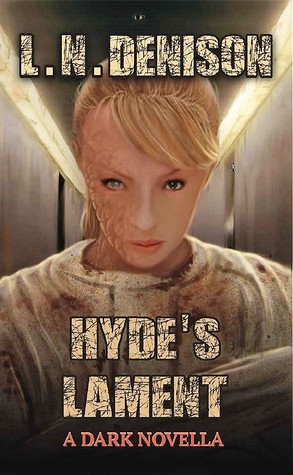A Kingly Sword by Noor Al Shanti: 13/20.

A city lies in chaos. Lords gallop past, swinging bright swords, while gangs of shape-shifters pillage and burn. The smallfolk, banned from bearing weapons and using magic, are supposed to be under the protection of the aristocracy. But, bloated and indolent, the Lords now only care for themselves, leaving the commoners to survive as best they can.
A young girl risks her life, using banned magic to transport her dead family members to a place of safety; a green oasis, to save them from desecration. She weaves a spell to transport her brother, struck down and lying in the rubble – but at the last second, he opens his eyes. Horror-struck, she realises he is dying, not dead, and she has sent him to the green glade, alone.
Snatching up a shining weapon held in the fists of a slain Lordling – a Kingly Sword – she vows to find her brother before he dies.
This story starts full-pelt. The textures, sounds and smells of the ravaged city are communicated in elegant, clear writing, and right from the start, the young protagonist is engaging in her courage and defiance.
Then things fall apart a bit.
The story segues off in an unexpected direction: pretty soon, we aren’t reading about a sister’s quest to find and save her brother (this is resolved pretty quickly). And the sword itself does not figure significantly in the narrative. Instead, this becomes a story about a small cadre of townsfolk, afraid to return to the city in case they are prosecuted for using magic to defend themselves, who opt to go it alone. They build a small town, there’s a time-skip, some squabbling between young men and at the end, a political decision is made.
It is not intrinsically an issue when stories veer off the expected path. It’s generally refreshing to be surprised. But this is an unsatisfactory route to take. This is a novella, with limited space for characterisation, so it’s a shame we leave the company of our first protagonist in favour of less interesting figures.
While there are perils and dilemmas – this is a world riven by class, by inter-species war and by recent horrors – this work doesn’t quite feel complete. It’s almost like a prequel for a far larger, longer and more involved fantasy story; one where story arcs come to a conclusion and characters are fleshed out and challenged.
There are no issues with the writing style, aside for a few minor grammar errors here and there. Al Shanti is good at evoking a scene, whether it’s a shattered city or a hidden woodland settlement. And it’s likely she can draw engaging characters; the first few paragraphs are enough to hint that. It’s just that here, the characters don’t get an awful lot to do – or, at least, nothing that seems to weave together into a coherent storyline.
This isn’t the only work that has this problem: Al Shanti’s Traveller of the Circle is set in the same world, and is also more of a slice-of-time than a full story. Perhaps Al Shanti’s novellas are all pieces of a puzzle. A dedicated reader might seek them all out: it’s a world worth visiting, but it would be better if the stories stood alone.














 .
.